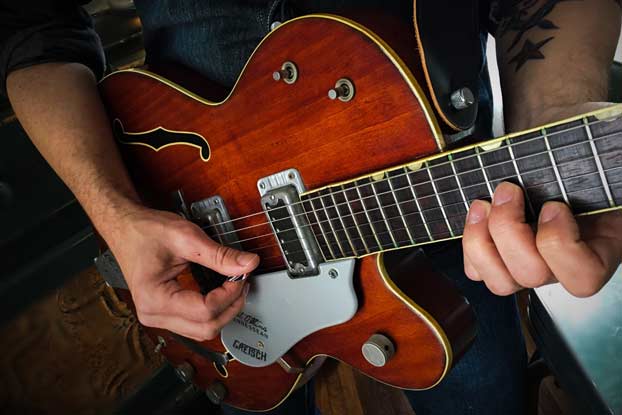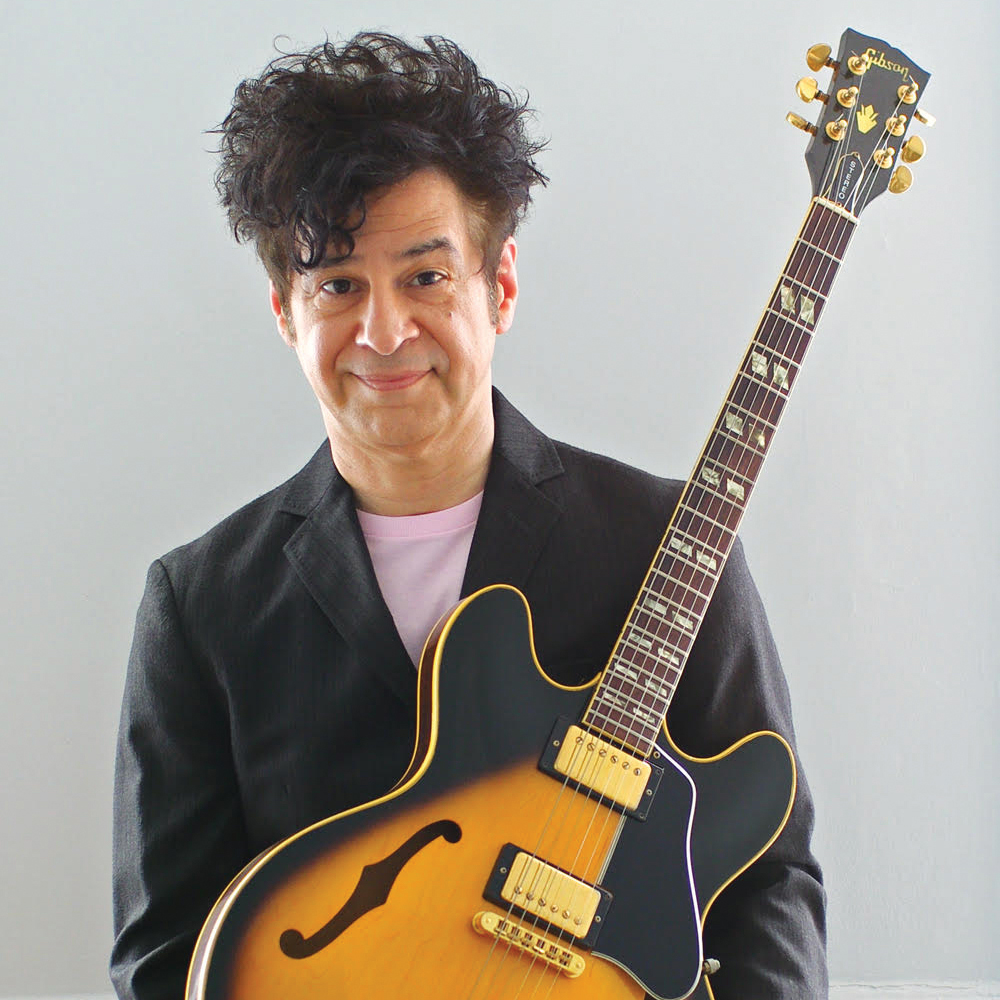Which Tuning Standard Sounds Better: 432Hz or 440Hz?

In modern music, 440Hz has been established as the tuning standard. The pitch is that of A above middle C, and it provides a measure by which musicians can ensure their instruments will be in tune with others.
But 440 hasn’t always been the accepted standard. In fact, until the mid 19th century, no international attempt was made to create a tuning standards. Countries, and even cities, each set their own criterion, with the result that tuning varied widely from one locale to another.
The first attempt to standardize pitch was made in 1859, when the French government passed a law that established 435Hz as the standard. In 1939, an international conference set the standard to 440, which is now known as “concert pitch.”
But among some corners of the musical universe, there has been a push to establish 432Hz as the standard. A=432Hz—also known as “Verdi’s A,” after composer Giuseppe Verdi, who preferred the 432 standard—is said by advocates to be in tune with the laws of nature and mathematically consistent with the universe.
Paul Davids digs into the topic in his video “The Ultimate 432Hz VS 440Hz | CONSPIRACY + Comparison.” The clip begins with Paul offering up a brief but detailed history of tuning standards, during which he presents the argument in favor of 432 tuning.
“There is belief among some that 432 is more in harmony with the universe,” Paul says. When playing in 432 tuning, he explains, middle C is closer to 256Hz, a frequency that is a multiple of 8Hz, the rate that is known as “the heartbeat of Earth.” In addition, Paul notes, 432Hz resonates with the golden ratio.
“Studies have shown that 432 musical therapy helps ease anxiety, bring down heart rate and blood pressure, and generally has a soothing effect,” Paul explains.
As for the advocacy of the 440Hz standard, it’s “pretty dark and covered up with some Illuminati conspiracy thoughts,” Paul says. You can check out the video for the full report.
After all this, you may be wondering how the sound of 432 tuning compares to 440. In the video, Paul performs a selection of songs in each tuning to let you judge for yourself. The comparisons begin at 4:26, but I highly recommend that you take in Paul’s history of tuning standards before you compare the tunings.
Incidentally, Paul says this video was inspired by several comments made in response to his earlier video on guitar tuning, “Do We All Tune Our Guitars Wrong?” If you haven’t seen it, by all means check it out here.
For more of Paul’s excellent videos, visit his YouTube channel.
Get The Pick Newsletter
All the latest guitar news, interviews, lessons, reviews, deals and more, direct to your inbox!
Christopher Scapelliti is editor-in-chief of Guitar Player magazine, the world’s longest-running guitar magazine, founded in 1967. In his extensive career, he has authored in-depth interviews with such guitarists as Pete Townshend, Slash, Billy Corgan, Jack White, Elvis Costello and Todd Rundgren, and audio professionals including Beatles engineers Geoff Emerick and Ken Scott. He is the co-author of Guitar Aficionado: The Collections: The Most Famous, Rare, and Valuable Guitars in the World, a founding editor of Guitar Aficionado magazine, and a former editor with Guitar World, Guitar for the Practicing Musician and Maximum Guitar. Apart from guitars, he maintains a collection of more than 30 vintage analog synthesizers.
“There are so many sounds to be discovered when you get away from using a pick”: Jared James Nichols shows you how to add “snap, crackle and pop” to your playing with banjo rolls and string snaps
Don't let chord inversions bamboozle you. It's simply the case of shuffling the notes around








![Joe Bonamassa [left] wears a deep blue suit and polka-dotted shirt and plays his green refin Strat; the late Irish blues legend Rory Gallagher [right] screams and inflicts some punishment on his heavily worn number one Stratocaster.](https://cdn.mos.cms.futurecdn.net/cw28h7UBcTVfTLs7p7eiLe.jpg)


